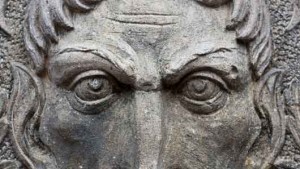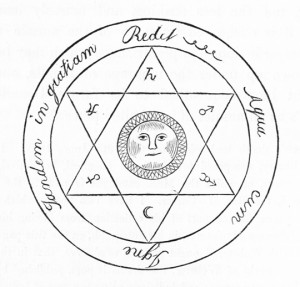Stone Age “skull-smashing” culture: Fear of zombies?
Evidence of a fear of zombies in the ancient world? Perhaps the zombie craze comes from somewhere very old inside our brains, a primal fear…

The zombie apocalypse may be much more than a plot device exploited by modern horror movies. In fact, fears about the walking dead may go back all the way to the Stone Age.
Stone Age people may have battled against a zombie apocalypse
Discovery of skulls with their faces smashed in posthumously suggests Neolithic people believed the dead posed a threat to the living.
By: Bryan Nelson
“Archaeologists working in Europe and the Middle East have recently unearthed evidence of a mysterious Stone Age “skull-smashing” culture, according to New Scientist. Human skulls buried underneath an ancient settlement in Syria were found detached from their bodies with their faces smashed in. Eerily, it appears that the skulls were exhumed and detached from their bodies several years after originally being buried. It was then that they were smashed in and reburied separate from their bodies.
According to Juan José Ibañez of the Spanish National Research Council in Barcelona, the finding could suggest that these Stone Age “skull-smashers” believed the living were under some kind of threat from the dead. Perhaps they believed that the only way of protecting themselves was to smash in the corpses’ faces, detach their heads and rebury them apart from their bodies.
But here’s the creepy thing: many of the 10,000-year-old skulls appear to have been separated from their spines long after their bodies had already begun to decompose. Why would this skull-smashing ritual be performed so long after individuals had died? Did they only pose a threat to the living long after their original burial and death?…”
For the complete article click here.
Share

